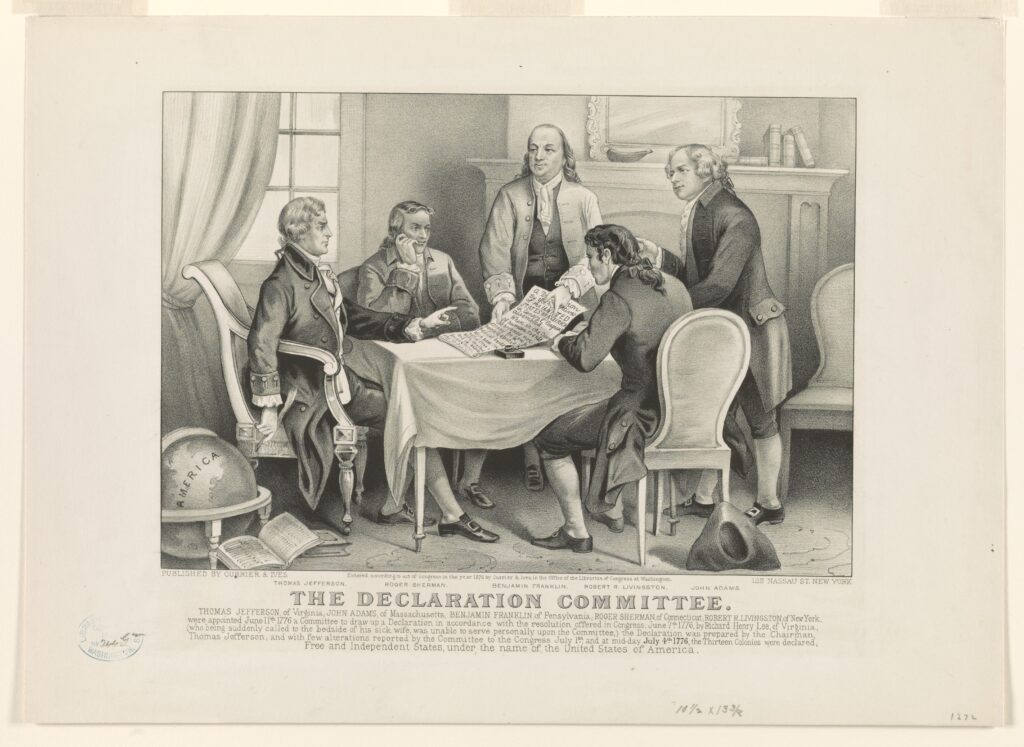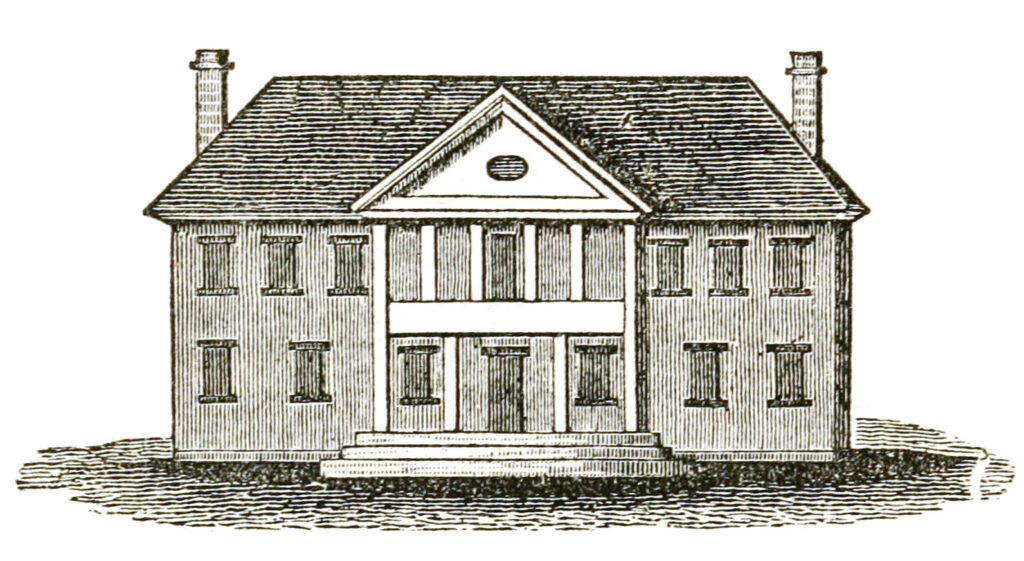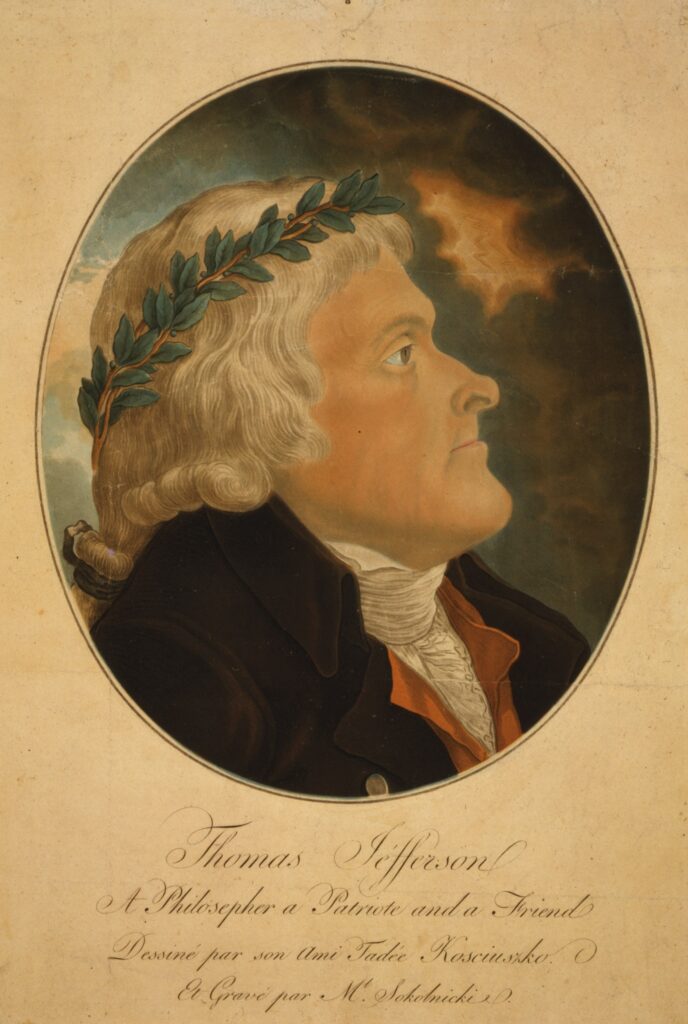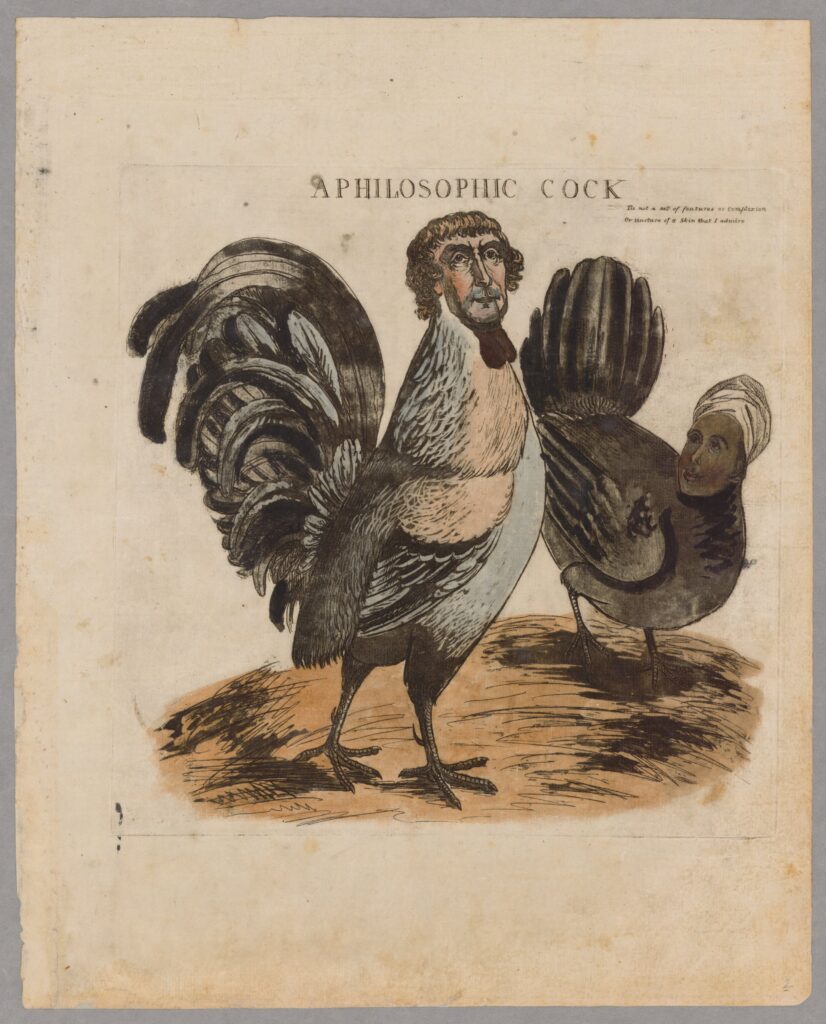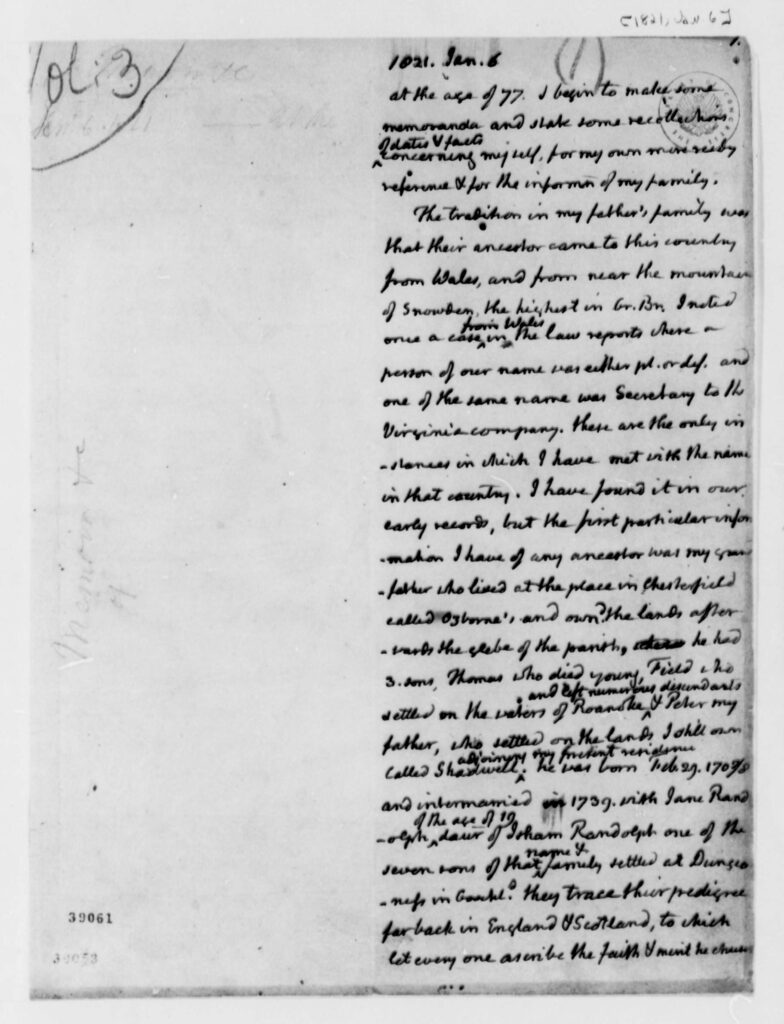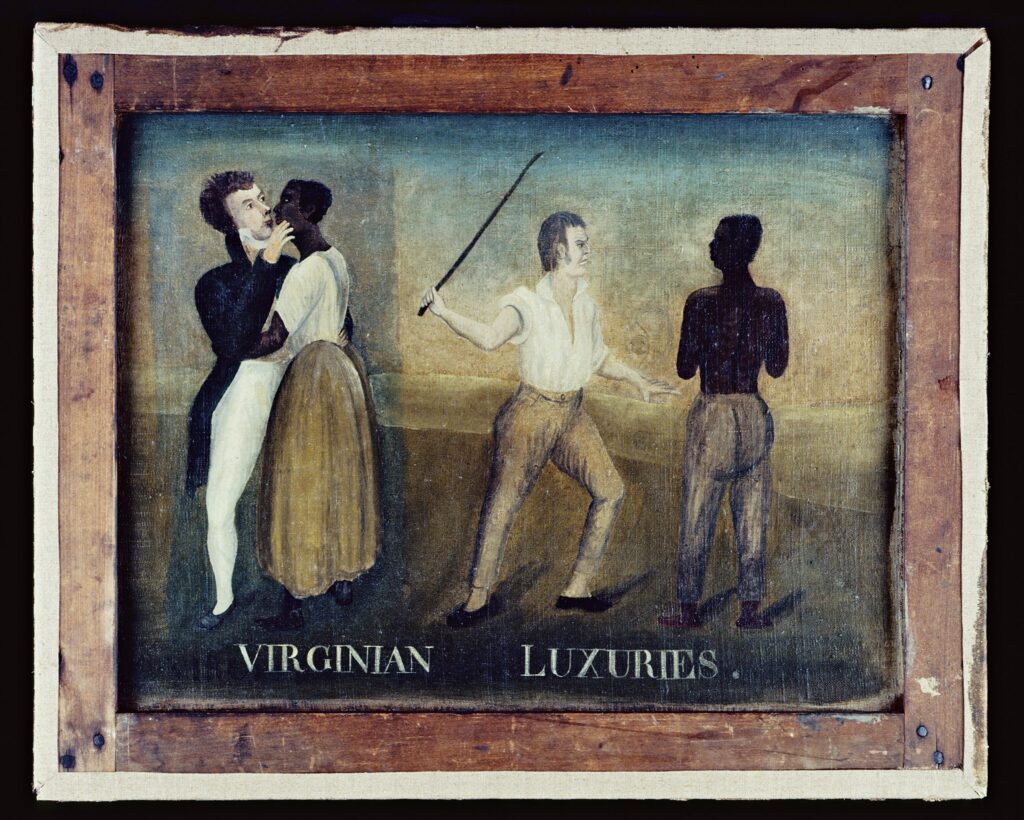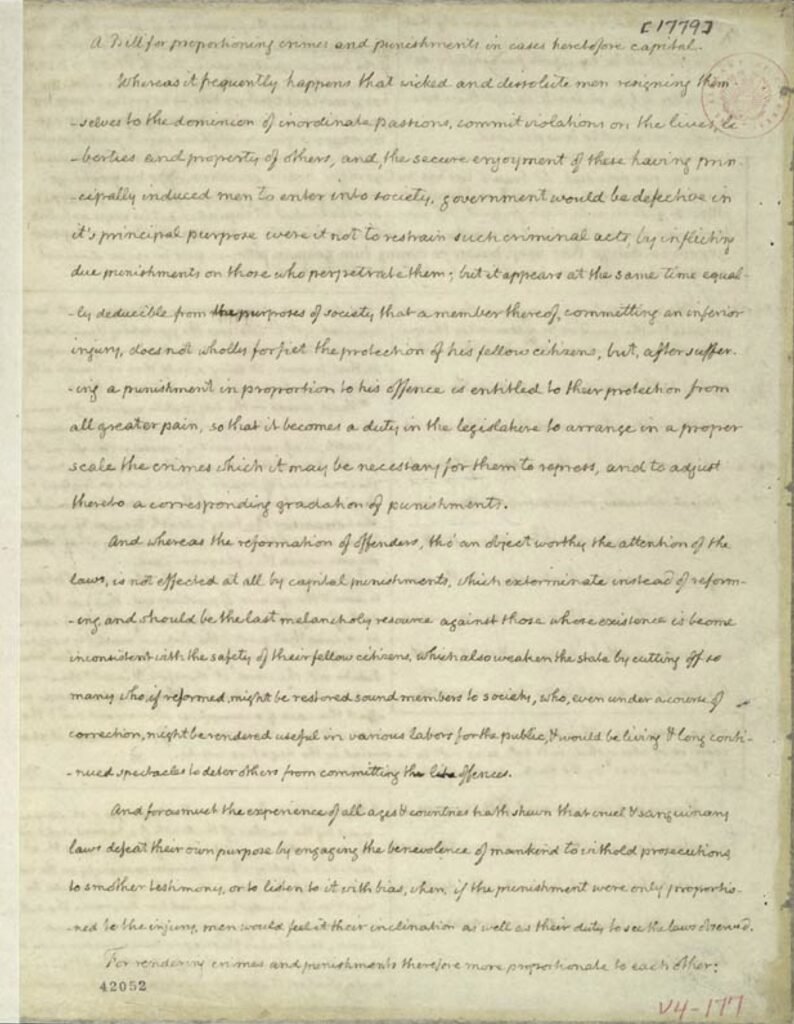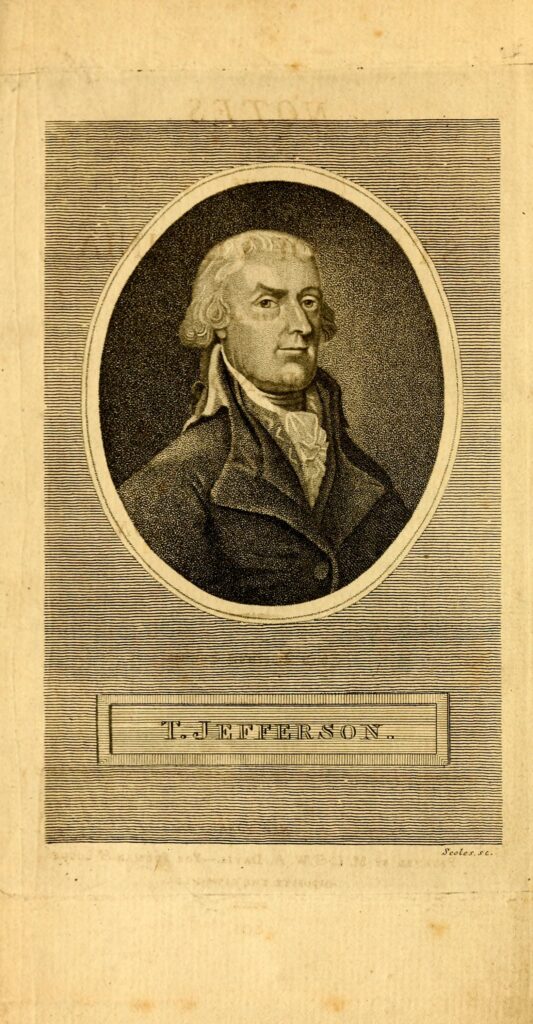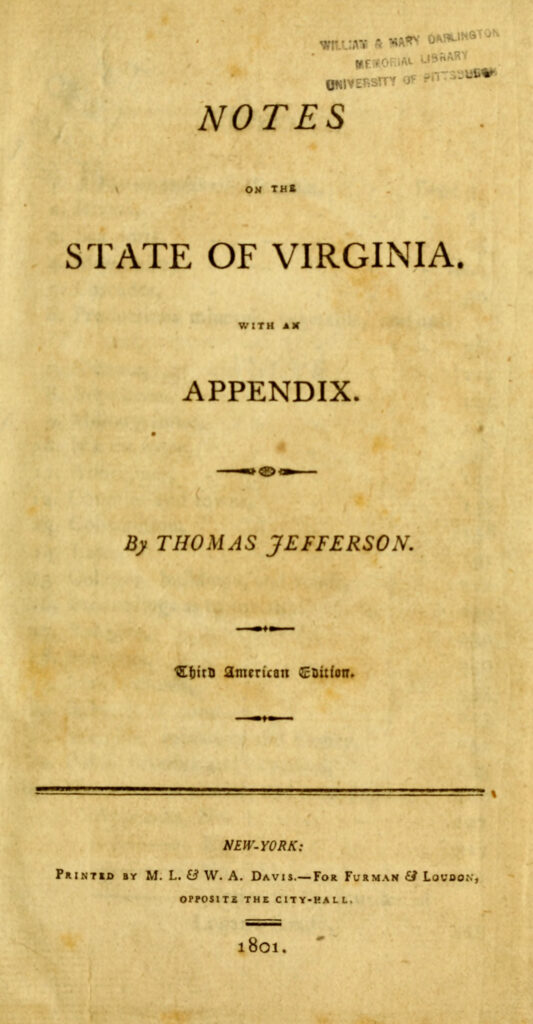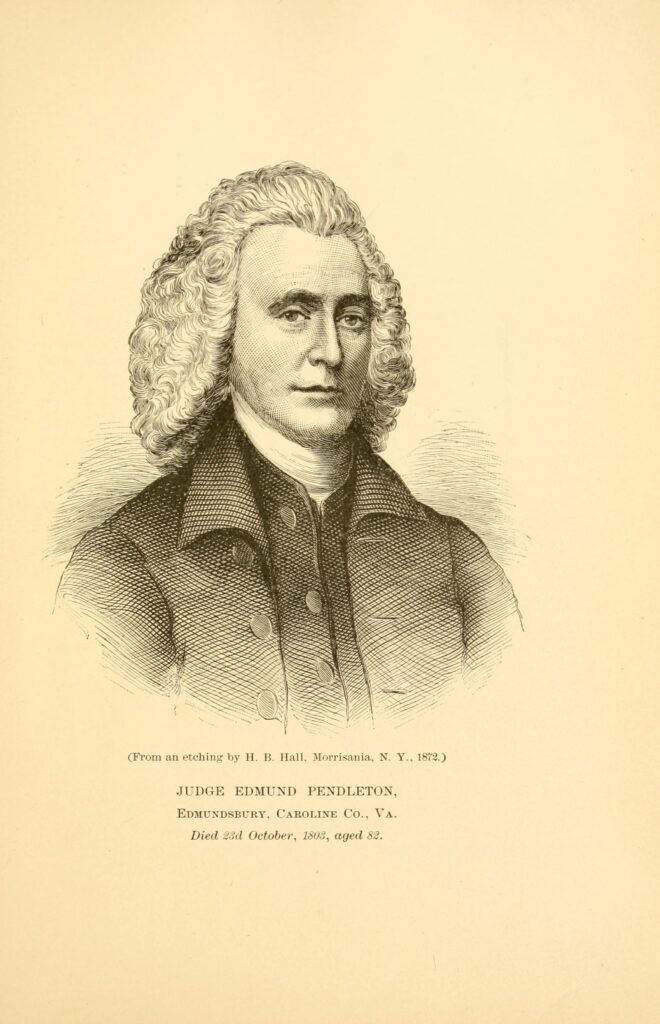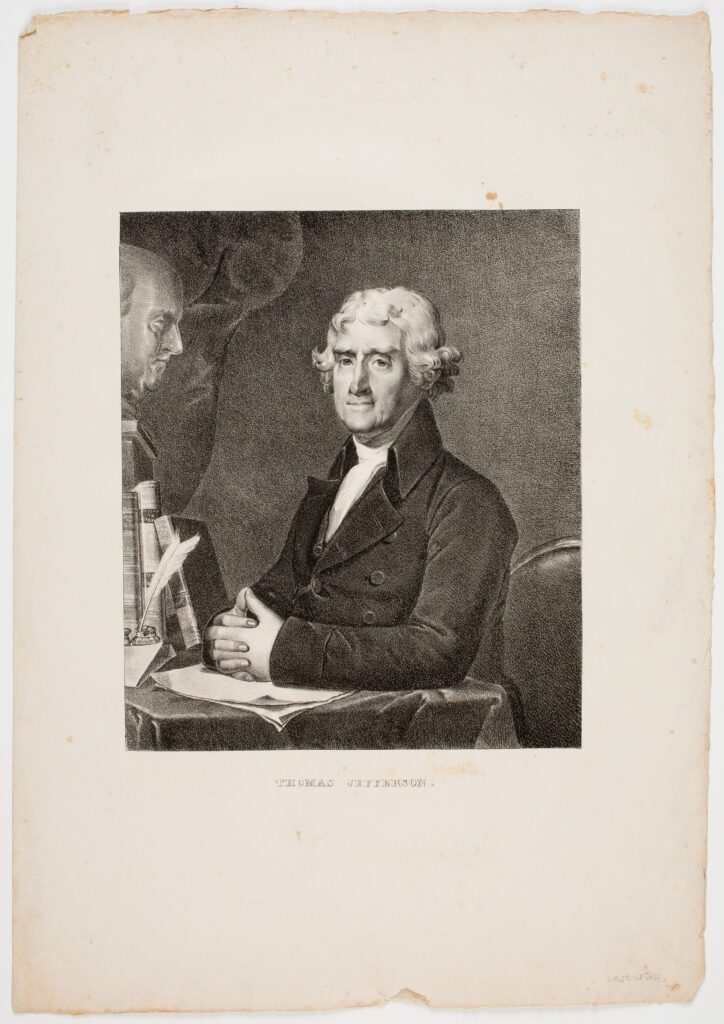Jefferson’s Secret Plan to Whiten Virginia
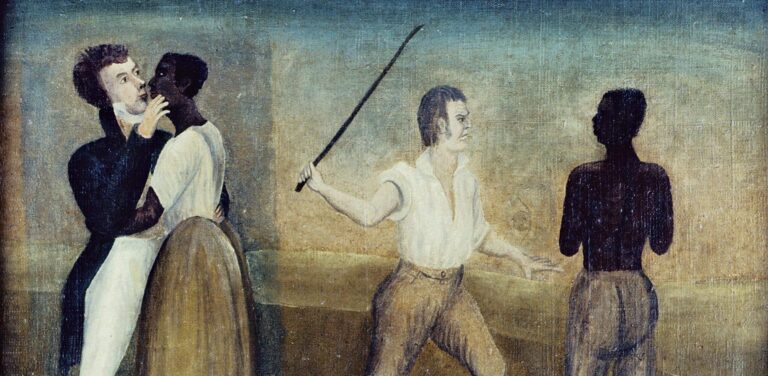
Early in 1776, Thomas Paine fired the imaginations of patriot leaders when he wrote that “We have it in our power to begin the world over again.” One young patriot who would soon emerge as the revolution’s foremost philosopher, the thirty-three-year-old Thomas Jefferson, seized the moment to remake the world. But his most sweeping attempt to do so has gone unrecognized, overshadowed by his more famous role in penning the first draft of the Declaration of Independence and serving as the new nation’s third president. Jefferson’s audacious plan to redesign America from its foundation has been overlooked because it evenly rested upon the seemingly opposite pillars of antislavery and white supremacy.
It took Jefferson some time when the revolution began to find the clay he wished to mold. According to John Adams, he had to be persuaded to author the Declaration of Independence. Adams, the only Yankee on the committee, cajoled him into doing so by telling him “You are a Virginian, and Virginia ought to appear at the head of this business.” While Jefferson dutifully took notes and followed closely the contentious debates that hammered out the outline of the Articles of Confederation, the nation’s first constitution, later that summer, he chose to leave Congress at the first opportunity, taking up a seat in the Virginia legislature that he had last warmed seven years before.
